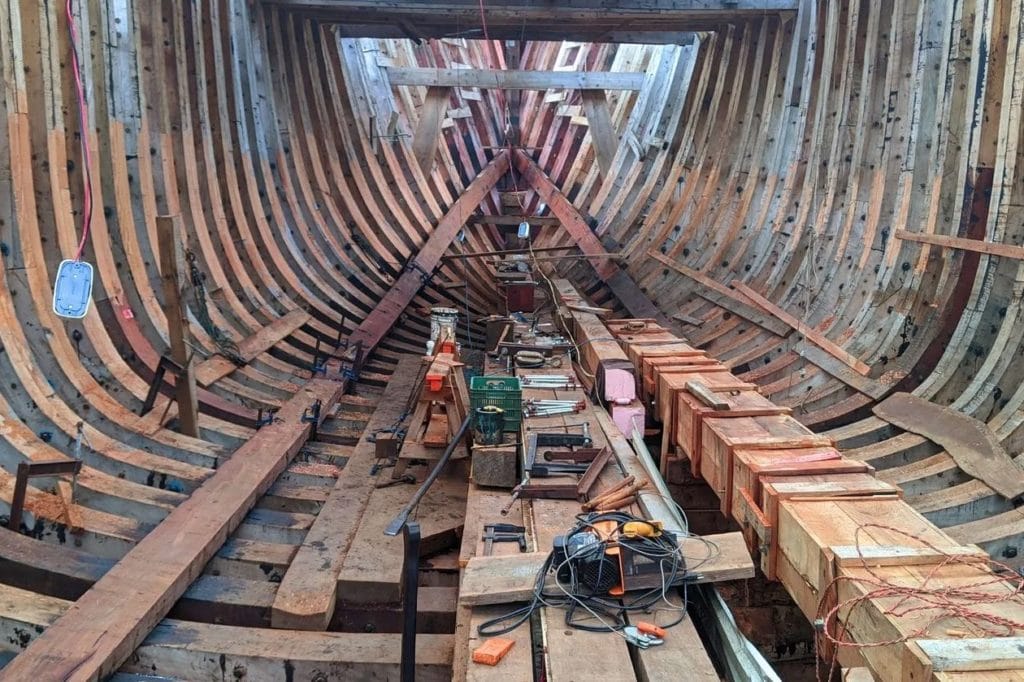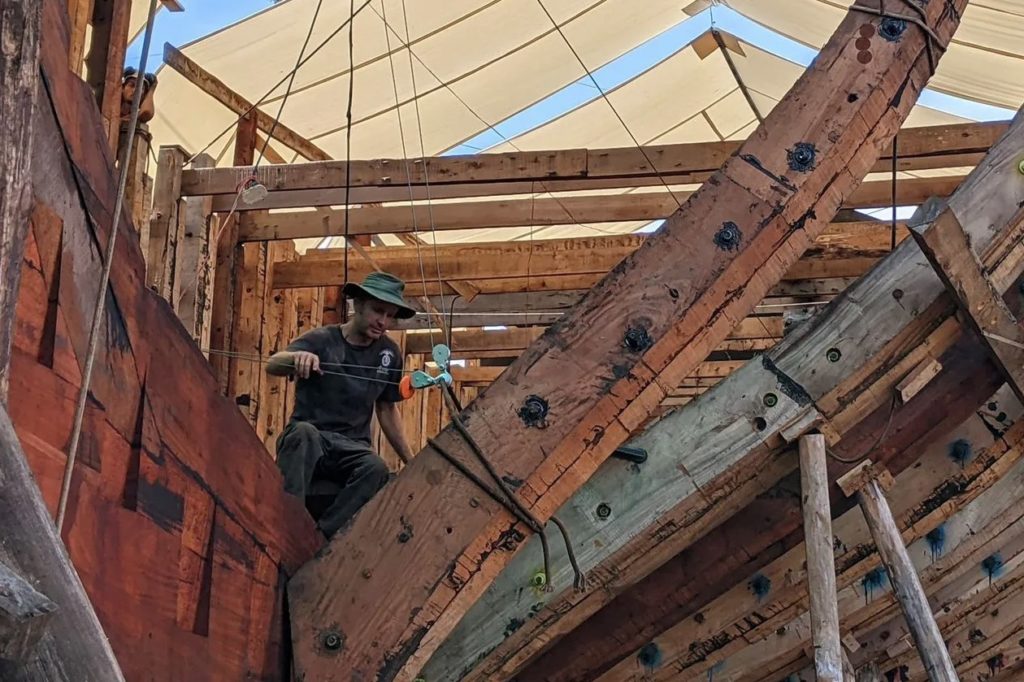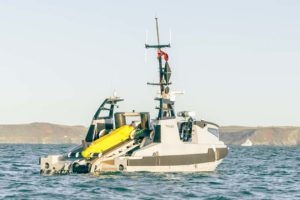Sailcargo aims to prove carbon neutral shipping is possible

Claimed to be the world’s largest ocean-going clean cargo ship by the team who is building it in Costa Rica, Ceiba is the first vessel built by Sailcargo. The company’s trying to prove that zero-carbon shipping is possible, and commercially viable. Made largely of timber, Ceiba combines both very old and very new technology: sailing masts stand alongside solar panels, a uniquely designed electric engine and batteries. Once on the water, she will be capable of crossing oceans entirely without the use of fossil fuels, according to the BBC.
“The thing that sets Ceiba apart is the fact that she’ll have one of the largest marine electric engines of her kind in the world,” says Danielle Doggett, managing director. The system also has the means to capture energy from underwater propellers as well as solar power, so electricity will be available for the engine when needed. “Really, the only restrictions on how long she can stay at sea is water and food on board for the crew.”
Construction has been going on for nearly two years and she’s hoped to be on the water by the end of 2021 and operating by 2022, when she will begin transporting cargo between Costa Rica and Canada.
The hull and sail design are based on a trading schooner built in the Åland Islands, Finland, in 1906.
“I’m really hoping that if we can set a precedent with a for-profit company that can claim the world’s largest and completely emission free [cargo ship], then we can wave these numbers like a flag and say, look, people who are writing the policy, we already did it today. Because it’s not impossible. And I don’t understand, frankly, why it hasn’t moved faster,” says Doggett.
Ceiba is small for a cargo ship. She will carry around nine standard shipping containers. The largest conventional container ships today carry more than 20,000 containers.
“In five years, we would hopefully be laying the keel of a very large, commercially viable competitive vessel,” says Doggett who has ambitious plans.
Ceiba is also relatively slow. Large container ships typically travel at between 16 and 22 knots (18-25 mph/30-41 kph). Ceiba is expected to be able to reach 16 knots at her fastest, says Doggett, and easily attain 12 knots, although the team has conservatively estimated an average of 4 knots for trips until they can test her on the water. She will likely be significantly faster than existing smaller sail cargo ships that don’t have the added benefit of an electric engine.
But Doggett is emphatic that the company is not trying to directly compete with mainstream container ships. “In many ways it’s a completely different service offering,” she says. “But at the same time, we’re trying to prove the value of what we’re doing, so that we can inspire those other large for-profit companies to pick up their game.”
With at least a year to go until she is on the water, Ceiba already has a surplus of interest for her initial northbound voyages from companies willing to pay a premium for emissions-free transport of products such as green coffee, cacao, organic cotton and turmeric oil. Bio-packaging, electric bicycles and premium barley and hops for Costa Rica’s burgeoning craft-beer market are among bookings so far on the southbound journeys.
Sailcargo has pledged that 10% of its profits will go to back to the planet. It aims to ensure Ceiba is ‘carbon negative’ by planting 12,000 trees in Costa Rica before she is launched, giving each four years of care after planting. One in every 10 of those trees will be destined for building future ships, while the rest will overcompensate for the wood used to build Ceiba.
Read the full story on the BBC.











